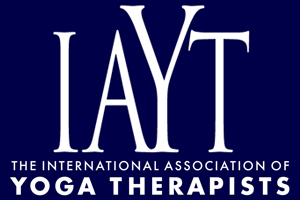Yoga and Quality-of-Life Improvement in Patients with Breast Cancer: A Literature Review
Objective: Women undergoing treatment for breast cancer often turn to complementary and alternative medicine (CAM), including yoga, for improvement of mood, quality of life (QOL), sleep, and treatment-related side effects. The extant literature was reviewed to examine the clinical effects of yoga practice on QOL for patients with breast cancer. QOL was defined as physical well-being, social functioning, emotional health, and function-al adaptation. Methods: Seven databases, including PubMed, Ovid MEDLINE, CINAHL, Embase, PsycINFO, Cochrane Library, and Web of Science were used to search for studies of patients with breast cancer that included a yoga intervention and QOL assessment. Attention was paid to assessing study population, outcome variables, the type of yoga intervention used, and methodological strengths and limitations. Results: Seventy-one articles were identified that fit the search criteria. Although the literature provided evidence of QOL benefits of yoga for patients with breast cancer, no specific aspect of yoga was identified as being most advantageous. Conclusion: Although participation in yoga programs appeared to benefit patients with breast cancer, greater methodological rigor is required to understand the mechanisms that contribute to their effectiveness.
